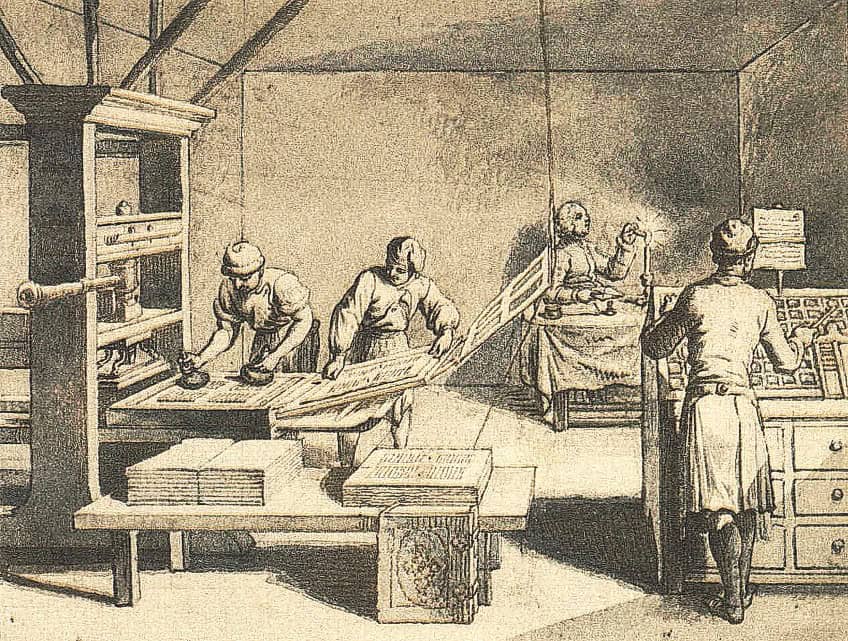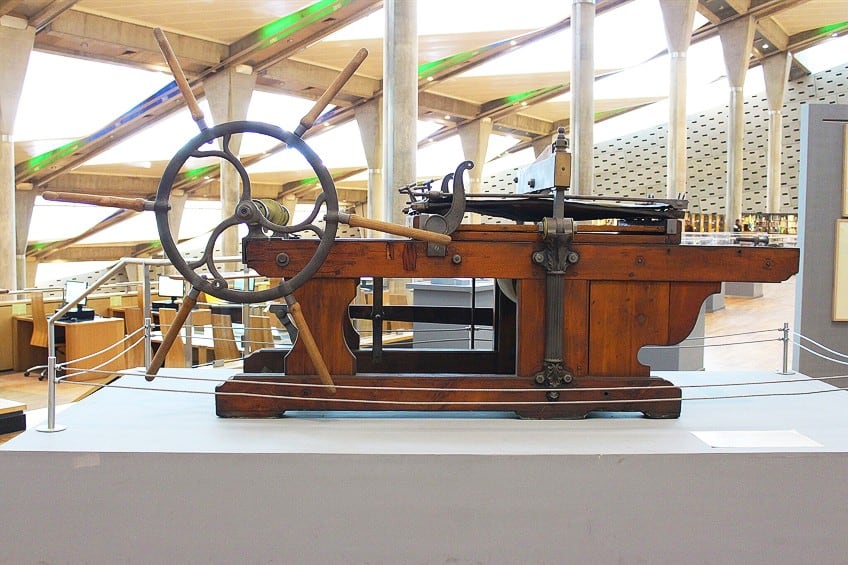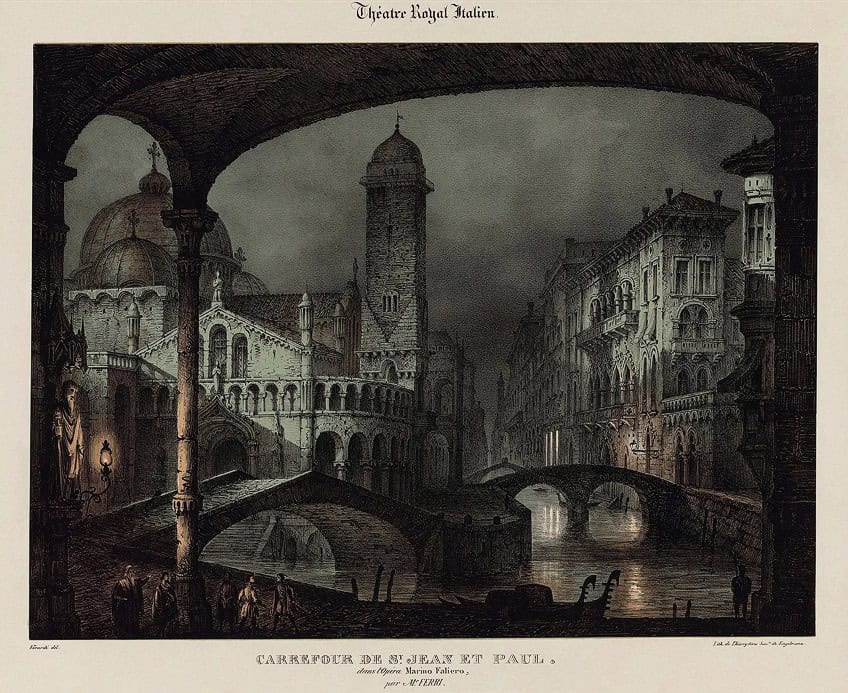How to Identify a Lithograph – Key Techniques for Art Enthusiasts
Lithographs are a distinctive form of printmaking that originated in the late 18th century, known for their unique textures and intricate detail. Identifying a lithograph involves recognizing key features such as the presence of a grainy surface, subtle variations in ink density, and signs of hand-drawn or transferred images on the stone or metal plate. Unlike mechanical reproductions, authentic lithographs often showcase uneven inking and slight imperfections that add to their charm. Understanding these elements can help art enthusiasts distinguish between genuine lithographs and mass-produced prints.
Key Takeaways
- Authentic lithographs are identified by fine lines and color depth.
- Lithography uses oil and water to create distinctive prints.
- Understanding lithographs enhances appreciation and value assessment.
Understanding Lithography
Lithographs hold a unique place in the art world, offering both creators and collectors the charm of handcrafted prints. Recognizing a genuine lithograph involves examining specific characteristics such as fine lines, rich color depth, and distinct paper quality. These factors can help distinguish authentic pieces from reproductions, ensuring that collectors make informed decisions about their acquisitions.
The process of lithography, a fascinating method dating back to the late 18th century, uses the natural repulsion of oil and water to imprint images on stone or metal plates.
This technique creates detailed and textured works that are cherished by art enthusiasts. Understanding the nuances of this process adds depth to the appreciation of lithographs and aids in identifying legitimate pieces. While lithographs are valued for their artistic merit, there is more to discover about their appeal, such as their historical significance and their place in the art market. Whether you are a seasoned collector or a newcomer, exploring the world of lithographs can uncover not only their monetary value but also their cultural importance.
Basics of Lithographic Technique
Lithography works on the principle that oil and water do not mix. An image is drawn with a greasy crayon or ink on a flat surface, traditionally limestone, though aluminum and zinc are also used. Once the image is created, the surface is treated with gum arabic and acid, creating a chemical reaction that fixes the drawing. Ink is applied, adhering only to the greasy image areas while being repelled by the wet areas.

The printing surface is then pressed onto paper, transferring the image. This fundamental mechanism allows artists to produce original artwork that accurately captures their intricate designs. It is distinct from other printmaking techniques such as etching or engraving, where the material is cut into.
History and Evolution
Lithography was invented in 1796 by Alois Senefelder, a German playwright, seeking a cost-effective way to reproduce his scripts. Initially, it employed limestone for creating images. Over time, metal plates, particularly zinc and aluminum, became common substitutes.
In the 20th century, lithography adapted to various commercial needs.
Offset lithographs emerged, which separated the image creation and transfer processes for mass production. As technology progressed, lithographic methods found applications beyond fine art prints, in areas like poster prints and packaging, highlighting its adaptability and enduring significance in printmaking.
Types of Lithographs
Lithographs vary in form, depending on the technique and intention. Original or traditional lithographs involve direct creation by artists onto the stone or metal plate, regarded as high-value fine art prints. Offset lithographs are mechanical and mass-produced, offering affordability, often used for posters or reproductions.

Other derivatives include serigraphs, which use silk-screen printing elements to achieve distinct textures. Understanding these differences helps in identifying lithographs and appreciating their artistic and commercial contexts. Each type serves unique purposes, fulfilling both fine art requirements and everyday needs like advertising.
Identifying True Lithographs
When identifying true lithographs, a thorough examination of the piece’s features, authenticity signs, and distinctions between originals and reproductions is essential. Each factor contributes to determining whether the artwork is an authentic lithograph.
Distinguishing Features
True lithographs possess specific characteristics that set them apart. One of the notable features is their texture, which results from the unique printing process. Unlike digital prints, lithographs often have a slightly rough surface due to the method of inking and the use of a roller. The color and shading gradient should appear smooth and continuous.
An impression of the rubber blanket around the edges can often be observed, which indicates the use of traditional methods. Additionally, a dot pattern, typically seen in digital reproductions, should be absent.
Signs of Authenticity
To verify a real lithograph, one must look for authenticating marks such as a signature and edition number. Often, these are done in pencil by the artist and add considerable value to the piece. A signature is usually found in the bottom corner, adding a personal touch that signifies approval from the creator.

Edition numbers, such as “15/100,” denote the specific copy and total edition count. Also, assessing the age of the ink and paper can offer clues regarding the artwork’s authenticity.
Comparison With Reproductions
Reproductions often lack the depth and texture that fine art prints possess. In original lithographs, colors should exhibit a richness achieved through layers of ink, unlike the flat color seen in reproductions. Reproductions might miss the nuances present in genuine works, affecting their value and aesthetic appeal. In terms of visual details, reproductions often display a stark perfection and clarity due to mechanical processes, which can feel uniform unlike the subtler variations of an authentic lithograph.
By analyzing these factors, one gains a clearer insight into distinguishing a true lithograph from a less valuable imitation.
Collecting and Valuing Lithographs
Collecting lithographs involves understanding factors such as print quality, edition details, and the current market trends. These elements influence the value and appeal of lithographic prints to collectors.
Assessing Print Quality
The quality of a lithographic print significantly affects its value. Image clarity and paper quality are crucial. Fine art prints often utilize high-grade wove paper, offering a smooth surface that enhances image clarity.

When examining a lithograph, collectors use magnification tools, like a magnifying glass or a loupe, to inspect details closely, verifying traits such as clean lines and consistent inking. Print quality assessment also involves checking for any signs of wear or degradation, which can impact a lithograph’s value. Preservation measures can help maintain quality.
Edition Details and Rarity
Edition details are integral to understanding a lithograph’s rarity. Limited edition prints, made from a single plate or set of plates, often hold more value due to their scarcity. Edition numbers are typically indicated on the print, along with the artist’s signature, which adds authenticity and collectability. Collectors should be aware that earlier impressions in an edition might be more desirable.
Prints from renowned or deceased artists also tend to command higher prices at auction houses and among collectors, adding a layer of exclusivity to the piece.
The Market for Lithographs
The market for lithographs is diverse, affecting their affordability and value. Trends in art collecting can influence market conditions; thus, awareness of these changes is beneficial. Auction houses are pivotal in setting market prices, with renowned pieces fetching significant sums.

Typically, value is influenced by an artist’s reputation, historical context, and demand within the art community. Online platforms and local galleries also offer opportunities for collectors to acquire and trade lithographs, each with unique advantages in terms of accessibility and expertise. Understanding market trends can empower collectors to make informed decisions.
Identifying a lithograph requires a careful examination of the artwork’s surface, ink distribution, and any unique markings or signatures. By paying attention to telltale signs such as grainy textures, varying ink intensity, and hand-applied elements, one can distinguish an authentic lithograph from a reproduction. As with any art form, knowledge and practice are key to honing your ability to spot genuine pieces, allowing collectors and enthusiasts to better appreciate the craftsmanship behind this timeless printmaking technique.
Frequently Asked Questions
What Are the Distinguishing Features of a Lithograph Compared to Other Types of Prints?
Lithographs often feature fine lines and intricate details, setting them apart from other prints. They are created using a stone or metal plate, utilizing the natural repulsion between oil and water. This technique results in images with a distinctive texture and color depth, characteristics that are not typically found in prints like woodcuts or screen prints.
What Are the Key Indicators for Authenticating a Lithographic Print?
Key indicators for an authentic lithographic print include a clear, often pencil-signed signature by the artist and an edition number. These are usually accompanied by high-quality, acid-free paper. The absence of blurriness and the presence of rich color gradations also aid in authentication.
How Does the Value of a Lithograph Compare to Other Print Techniques?
The value of a lithograph varies widely based on factors like the artist, edition size, and condition. Limited edition lithographs signed by renowned artists tend to hold higher value compared to mass-produced prints. Shapes produced as lithographs can often compete with etchings and screen prints in terms of market value.
What Are the Common Characteristics to Look for When Examining a Lithograph?
When examining a lithograph, look for the use of litho crayons or specialized pencils, which create the unique texture and shading of the print. Check for chemical etching on the stone that bonds the drawing materials, ensuring the permanence of the image. These elements are distinguishing features of genuine lithographs.
Isabella studied at the University of Cape Town in South Africa and graduated with a Bachelor of Arts majoring in English Literature & Language and Psychology. Throughout her undergraduate years, she took Art History as an additional subject and absolutely loved it. Building on from her art history knowledge that began in high school, art has always been a particular area of fascination for her. From learning about artworks previously unknown to her, or sharpening her existing understanding of specific works, the ability to continue learning within this interesting sphere excites her greatly.
Her focal points of interest in art history encompass profiling specific artists and art movements, as it is these areas where she is able to really dig deep into the rich narrative of the art world. Additionally, she particularly enjoys exploring the different artistic styles of the 20th century, as well as the important impact that female artists have had on the development of art history.
Learn more about Isabella Meyer and the Art in Context Team.
Cite this Article
Isabella, Meyer, “How to Identify a Lithograph – Key Techniques for Art Enthusiasts.” Art in Context. November 24, 2024. URL: https://artincontext.org/how-to-identify-a-lithograph/
Meyer, I. (2024, 24 November). How to Identify a Lithograph – Key Techniques for Art Enthusiasts. Art in Context. https://artincontext.org/how-to-identify-a-lithograph/
Meyer, Isabella. “How to Identify a Lithograph – Key Techniques for Art Enthusiasts.” Art in Context, November 24, 2024. https://artincontext.org/how-to-identify-a-lithograph/.









